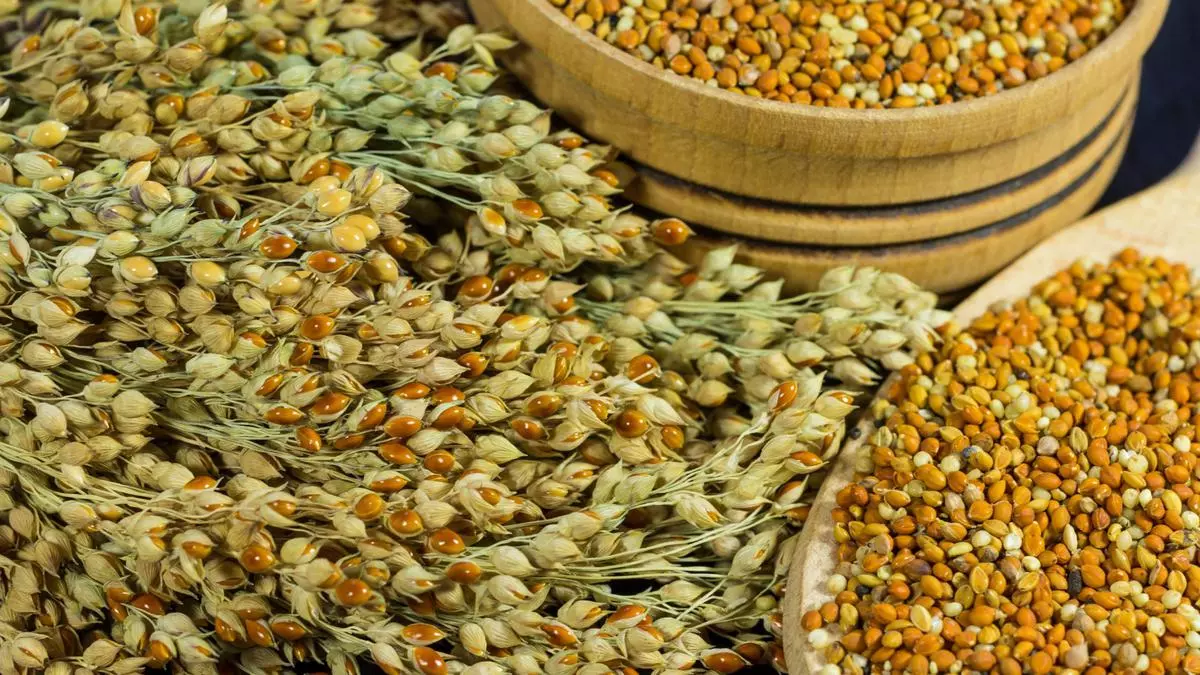Millet cultivation boosts incomes of Uttarakhand farmers by 10-20%, finds IIM study
The Government’s push for millet crops has led to the increase in annual incomes of nearly three-fourths of the millet growers in Uttarakhand by about 10 to 20 per cent, reveals a study conducted by the Indian Institute of Management, Kashipur.
Four senior professors and five data collectors conducted the six-month study “Millet Production in Uttarakhand: An Empirical Analysis of its Socio-Economic Impact and Marketability Challenges” on over 2,100 farmers.
The International Year of Millet 2023 has played a crucial role in raising awareness about millet as a sustainable crop worldwide and increasing the demand for millet-based products nationally and globally.
The findings of the study released on Sunday at IIM Kashipur revealed that the recent push by the Union as well as state government created a demand for millet crops in the market but the farmers are unaware of it. Besides, most farmers are growing millets for self-consumption instead of earning a profit. “Most of the farmers growing millet for self-consumption are not using it as a money crop like rice and wheat,” says assistant professor Shivam Rai of the IIM Kashipur, the study’s principal investigator.
The study, funded by the Indian Council of Social Science Research, said that government schemes designed to support the millet farmers are becoming futile because of the communication gap and the language barrier. “Millets are a sustainable crop which is not only nutritious and healthy but also easy to store and doesn’t damage the soil,” Rai said.
The study was conducted to address the marketability challenges of millet production and identify effective strategies to increase its economic presence. The survey’s sample size was collected from the state’s hilly regions, such as Pithoragarh, Joshimath, Rudra Prayag, Chamoli, and others.
The study says that millet production in the Uttarakhand region plays a significant role in the socio-economic contribution and overall agricultural sector. Millets are considered the staple food for the local community, enhancing their food security and nutrition by reducing their dependence on other cereal crops.
“The cultivation of millets also preserves the cultural heritage of farming practices, making the organic food system more resilient,” the report said. The study also recommended implementing various short and long-term strategies to support the stakeholders, who can work together to harness the potential of millet production and promotion in Uttarakhand, ensuring a resilient and prosperous future for farmers and the local community.
